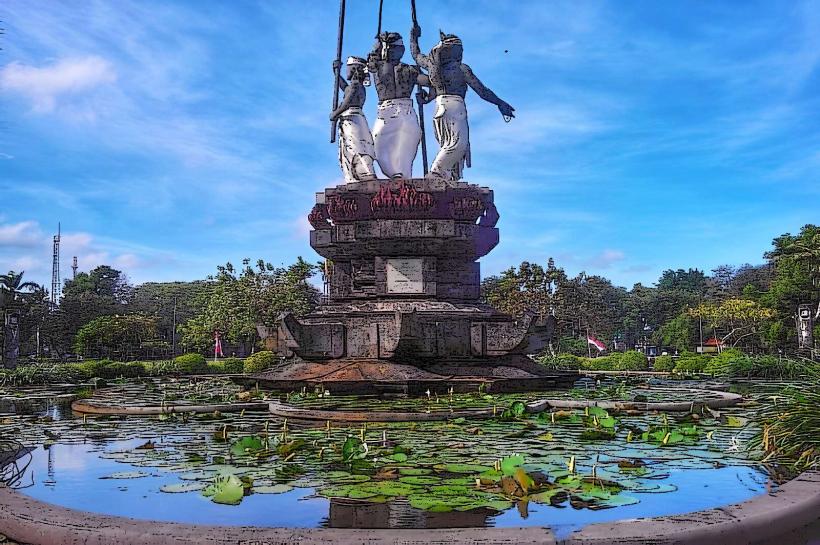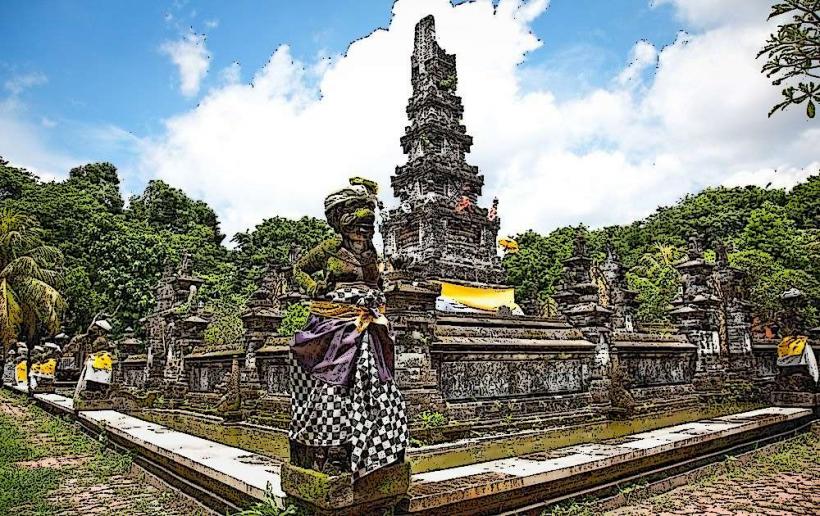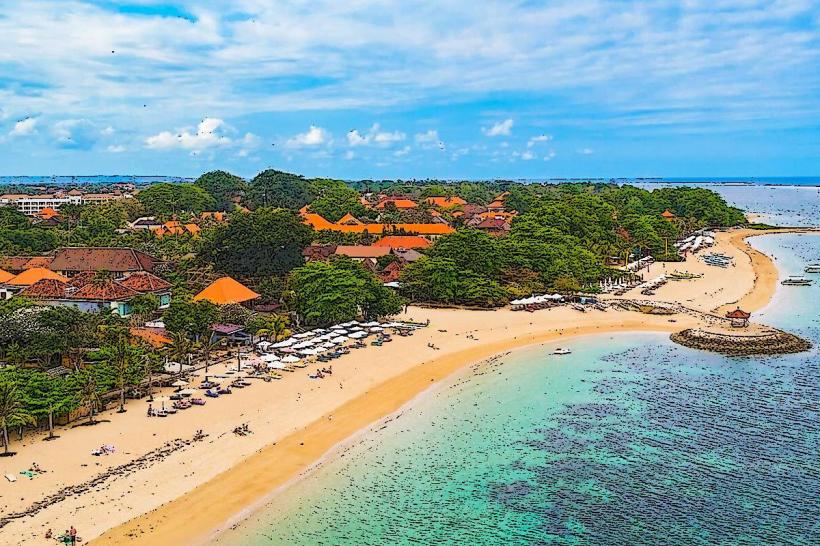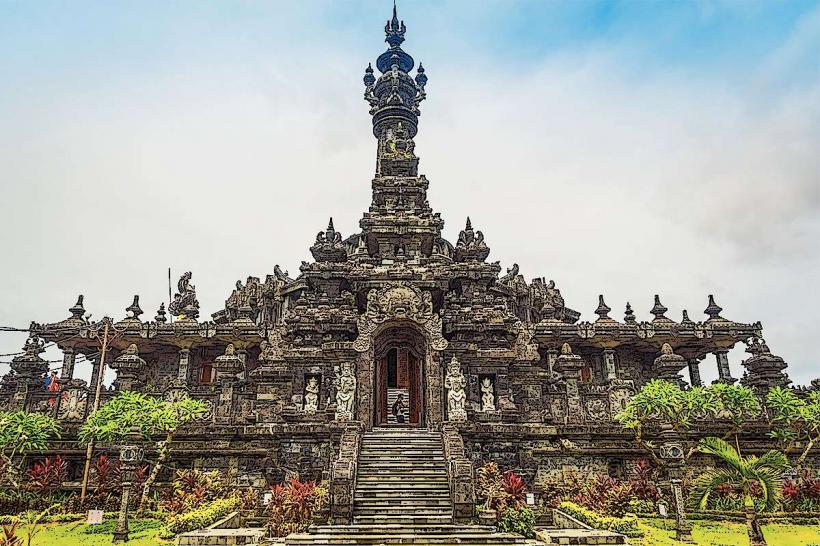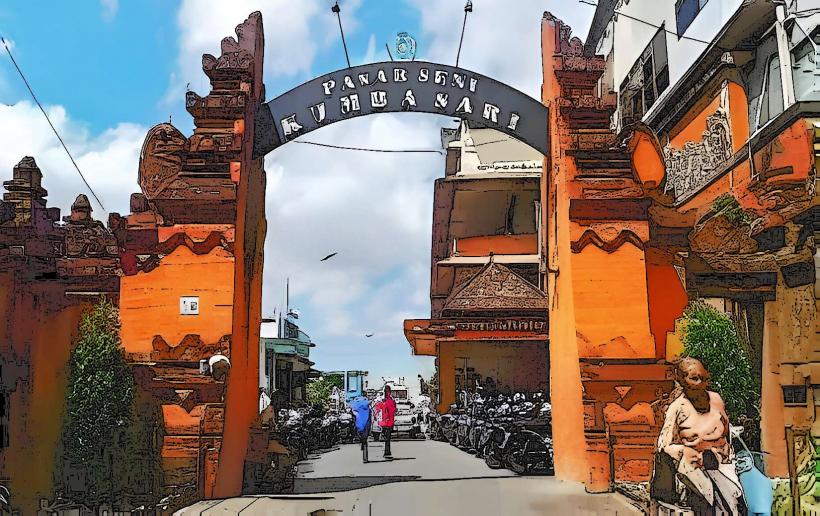Information
Landmark: Bali MuseumCity: Denpasar
Country: Indonesia
Continent: Asia
Bali Museum: A Cultural and Historical Treasure of Bali
The Bali Museum (Museum Bali) is one of the most significant cultural and historical institutions on the island of Bali, Indonesia. Located in Denpasar, the capital city of Bali, the museum provides visitors with a comprehensive insight into the island’s rich history, art, and cultural traditions. The museum serves as a hub for preserving Bali’s cultural heritage while offering a deep dive into the various aspects of Balinese life, from ancient artifacts to contemporary works of art.
1. Overview and History of Bali Museum
Establishment:
- The Bali Museum was officially established in 1931, originally to house the island’s ancient artifacts and cultural relics. It was a collaboration between the local Balinese community and the colonial Dutch authorities. The museum was designed to safeguard and showcase Bali’s rich and diverse heritage.
Location:
- The museum is situated in the heart of Denpasar, near the Bajra Sandhi Monument and other important cultural landmarks. Its location makes it easily accessible for both locals and tourists. The museum is housed in a traditional Balinese-style building, designed to reflect the architectural heritage of the island.
Purpose:
- The main purpose of the Bali Museum is to preserve and promote Balinese culture and history through its extensive collection of artifacts, art pieces, and cultural displays. The museum aims to educate both locals and tourists about the island’s cultural evolution, its religious traditions, and its artistic achievements.
2. Architecture and Design of the Bali Museum
- Traditional Balinese Architecture:
- The museum’s design is deeply influenced by traditional Balinese architecture, with ornate carvings, intricate stonework, and Balinese roof styles. The building itself is divided into several sections that represent different elements of Balinese culture.
- Four Main Sections:
- The Bali Museum is divided into four main pavilions, each dedicated to different aspects of Balinese life:
- Archaeological Pavilion: This section houses artifacts from Bali’s ancient history, including stone tablets, pottery, bronze objects, and sculptures that date back to Bali’s pre-Hindu era.
- Ethnography Pavilion: This pavilion showcases the everyday life of the Balinese people, with displays of traditional costumes, farming tools, crafts, and religious artifacts. It also features a section on the island’s traditional ceremonies.
- Art Pavilion: The Art Pavilion displays a rich collection of Balinese paintings, sculptures, and traditional crafts. Visitors can view various forms of Balinese art, including classic paintings, contemporary works, and traditional wood carvings.
- Numismatic Pavilion: This section focuses on the money and currency used in Bali throughout history, including ancient coins and trade goods.
- The Bali Museum is divided into four main pavilions, each dedicated to different aspects of Balinese life:
3. Exhibits and Collections
The Bali Museum has an extensive collection that offers visitors a deep understanding of the island’s cultural heritage, artistic evolution, and daily life.
Ancient Artifacts:
- The museum's collection of ancient artifacts includes statues, tools, ornaments, and utensils that date back to the prehistoric and early Hindu-Buddhist periods in Bali. These artifacts provide valuable insights into the religious beliefs and daily activities of the island’s ancient inhabitants.
Balinese Traditional Art:
- Bali’s rich tradition of fine arts is well represented in the museum’s collection of paintings, drawings, and sculptures. The museum includes works from various periods, from classic Balinese art to modern interpretations. Visitors can admire the vibrant use of color and the intricate symbolism that characterizes Balinese art.
Cultural Exhibits:
- The museum also has exhibits dedicated to Balinese culture, highlighting aspects such as rituals, festivals, and religious ceremonies. Sacred objects such as ritual masks, temple offerings, and traditional musical instruments (like the gamelan) are on display.
Religious Artifacts:
- Given Bali’s strong ties to Hinduism, the museum showcases a variety of religious artifacts including statues of gods and goddesses, ritual tools, and sacred offerings used in Balinese temples and ceremonies.
Traditional Textiles and Costumes:
- The museum houses a collection of traditional Balinese textiles and costumes, including batik, ikat cloth, and songket (woven fabric). Visitors can learn about the techniques used in creating these textiles and the significance of the colors and patterns in Balinese culture.
Sacred and Ceremonial Objects:
- Many of the museum’s exhibits are focused on the religious and ceremonial life of the Balinese people. These include items used in Hindu rituals, temple decorations, and offerings, providing a deeper understanding of Bali's spiritual practices.
4. Cultural Importance and Role of the Bali Museum
Preservation of Balinese Culture:
- The Bali Museum plays a key role in preserving Bali’s cultural heritage and ensuring that the traditions and history of the island are passed down to future generations. It serves as a repository for the island’s most important artifacts and artworks, many of which might otherwise be lost or forgotten.
Educational Resource:
- The museum is an important educational institution that provides visitors, students, and scholars with valuable resources about Balinese culture, history, and art. It offers insights into Balinese Hinduism, traditional crafts, ancient architecture, and the island’s colonial past.
Tourist Attraction:
- The Bali Museum is a popular destination for tourists interested in learning more about the island’s unique history and culture. It offers a quieter and more informative alternative to the island’s more famous tourist sites, like Uluwatu Temple or Besakih Temple.
5. Visiting the Bali Museum
Opening Hours:
- The Bali Museum is generally open from 9:00 AM to 4:00 PM every day, though it may be closed on public holidays. It’s advisable to check the schedule before planning your visit.
Admission Fees:
- The entrance fee is typically affordable, with discounts available for students and locals. It is also relatively inexpensive for foreign tourists, making it accessible to a wide range of visitors.
Visitor Experience:
- Visitors can explore the various sections of the museum at their own pace. The museum is well-maintained, with clear signage and information available in both Bahasa Indonesia and English. Guided tours are available for those who wish to learn more in-depth about the museum’s exhibits.
Gift Shop:
- The museum has a small gift shop that sells Balinese souvenirs, including artworks, crafts, and traditional textiles. It’s a great place to purchase mementos of your visit.
6. Conclusion
The Bali Museum is a hidden gem for anyone interested in learning about the island’s artistic traditions, history, and cultural practices. With its rich collection of artifacts, art, and cultural exhibits, the museum provides an enriching experience for both tourists and locals alike. Whether you’re a history buff, art enthusiast, or someone looking to learn more about Bali’s fascinating culture, the Bali Museum offers a deep dive into the heart of Bali’s heritage.

